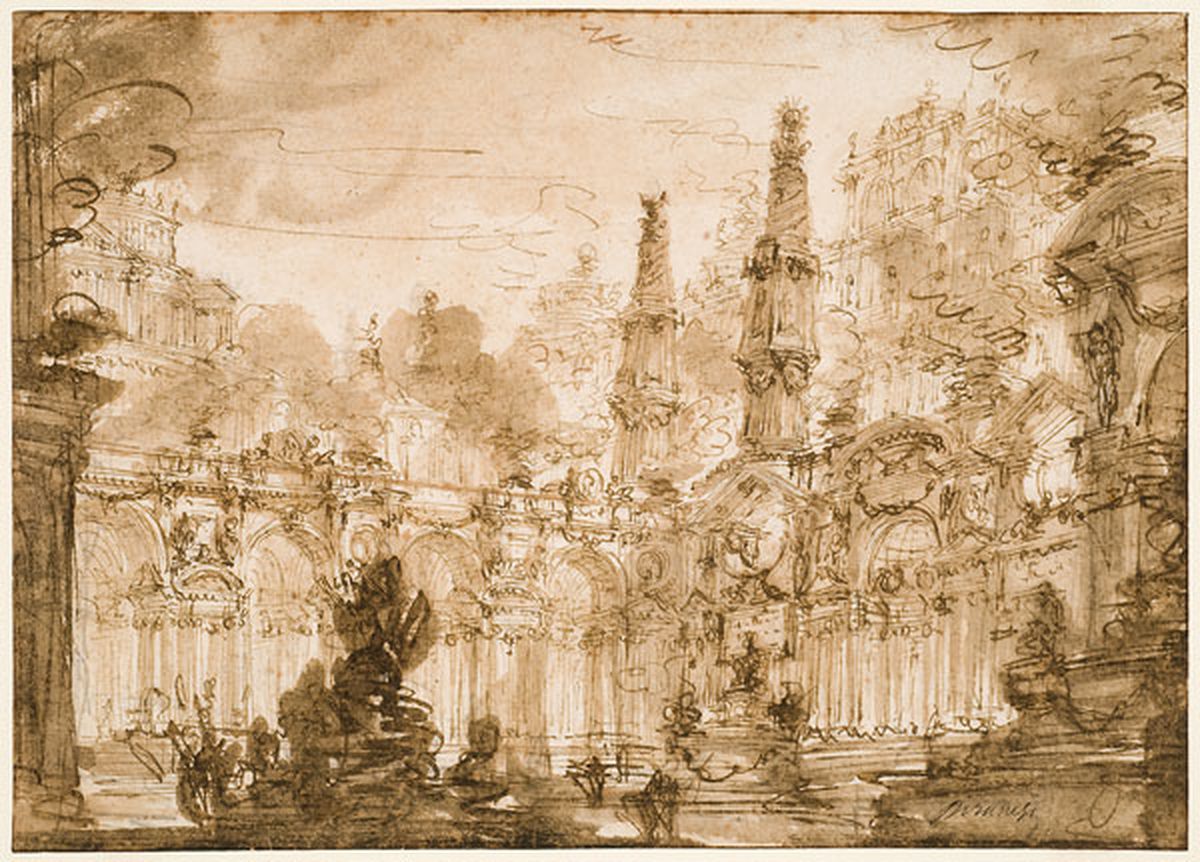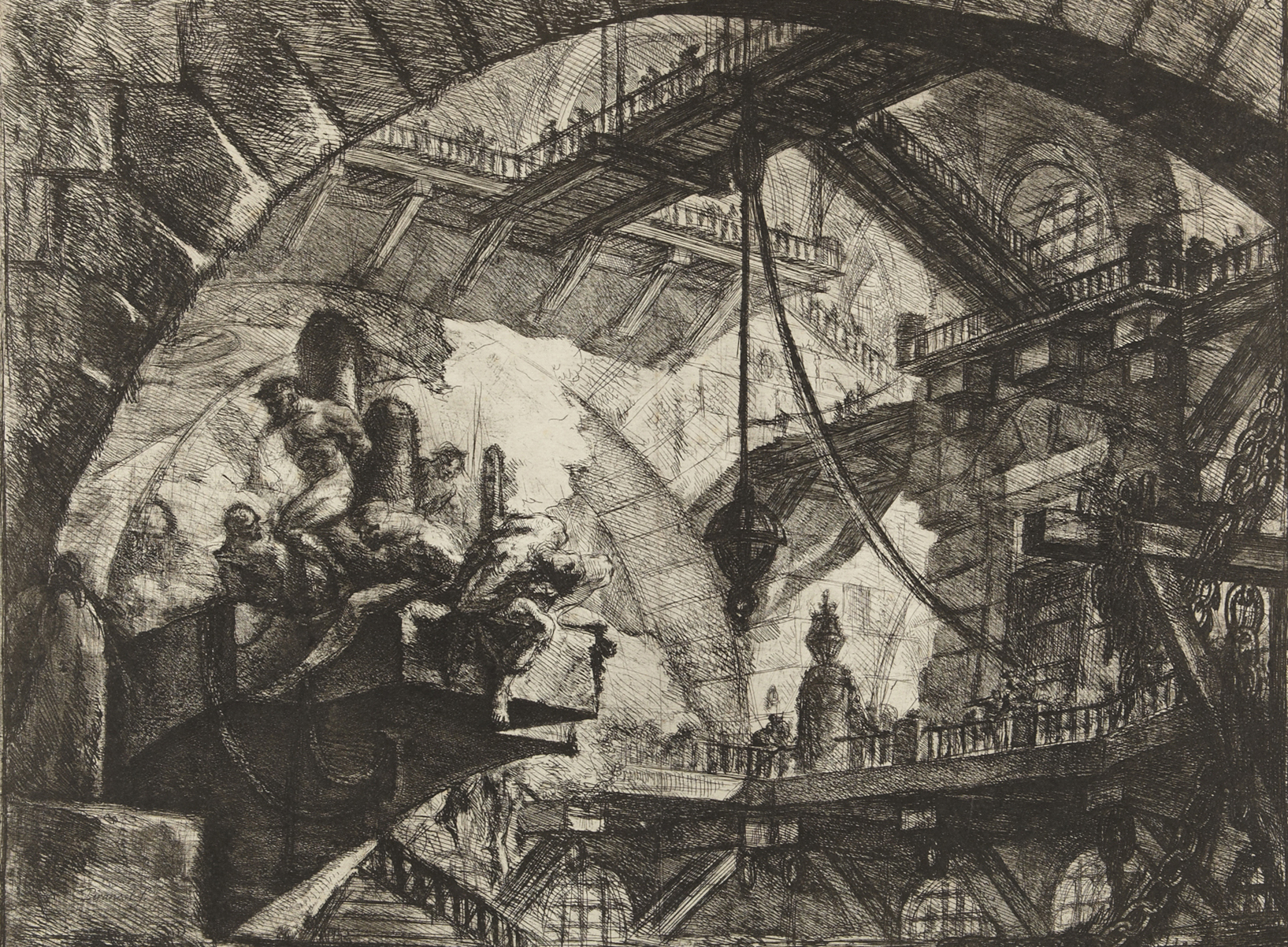

Piranesi arrived there in 1740 as part of the entourage of the Venetian ambassador to the court of Pope Benedict XIV.
#Piranesi rome etching series
This was definitely not true, however, of the Vedute di Roma, a highly praised series of etchings portraying views of ancient Rome that played a leading role in establishing what has proved to be an enduring image of Rome. Paradoxically, the Carceri had a relatively poor reception when they were originally published. It also gave Piranesi an introduction to the best architects and antiquarians in Venice in the first half of the 18th century, from whom he gleaned the broad visual repertoire he deployed in his views ( vedute) and architectural fantasies ( capricci). The experience may well be have provided the inspiration for the gloomy visions found in this series. He regularly accompanied his uncle on his mother’s side, Matteo Lucchesi, architect and magistrato delle acque, in supervising the state of the city’s hydraulic systems. Piranesi’s influence today derives above all from the series of etchings of labyrinthine prisons known as the Carceri d’invenzione, created in Rome in 1745 after a sojourn in Venice, although the actual idea for the series had come to him a few decades before.ĭespite Piranesi’s insistence on calling himself a “Venetian architect”, only one of the buildings he designed was actually built and he only spent the first twenty years of his life in Venice. Giovanni Battista Piranesi: The Visionary Memory Accompanying these beautifully conserved prints, on show to the public for the first time, is an original copper plate actually engraved by Piranesi, loaned by the National Institute for Graphic Arts in Rome, together with plentiful audiovisual information. In all, the exhibition includes more than 200 engravings, most of them from the series Carceri d’invenzione, Le antichità romane and Vedute di Roma, from the School of architecture at the University of Cagliari (Sardinia, Itay), which has a collection of 1,100 prints by Piranesi, to all intents and purposes the complete catalogue of his engravings.Īcquired in 1916, the collection was printed in Paris in 1839 at the Atelier Firmin Didot. Piranesi’s engravings are on a par with the best work produced by Dürer, Rembrandt, Goya and Picasso.

Indeed, his influence is discernible in, among other things, literature, Goya’s prints and the films of Fritz Lang. This highly prolific artist produced works on paper combining a high degree of technical perfection with extraordinary visionary power, Giovanni Battista Piranesi (Mogliano Veneto, Italy, 1720–Rome, 1778) is one of the leading architectural draughtsmen in the history of art and the most famous and influential engraver of the 18th century.

Designed to promote the contemporary engraving, the Festival will be hosting workshops, round tables and lectures, although the star attractions are undoubtedly the international engraving competition and this exhibition, which greatly enhances the Festival with a generous selection of prints by Piranesi. The origins of the exhibition are bound up with the presentation of the 1st International Festival of Contemporary Engraving, to be held in Bilbao from November 29 to December 2. Like Piranesi, Goya was a master of the engraving. The latest example of the Museum’s interest in showing major collections of artworks on paper, Piranesi follows closely on the heels of a highly successful exhibition of Francisco de Goya’s prints. Giovanni Battista Piranesi: The Visionary Memory, at the Bilbao Fine Arts Museum, provides an introduction to one of the all-time great personalities of the art of the engraving.


 0 kommentar(er)
0 kommentar(er)
